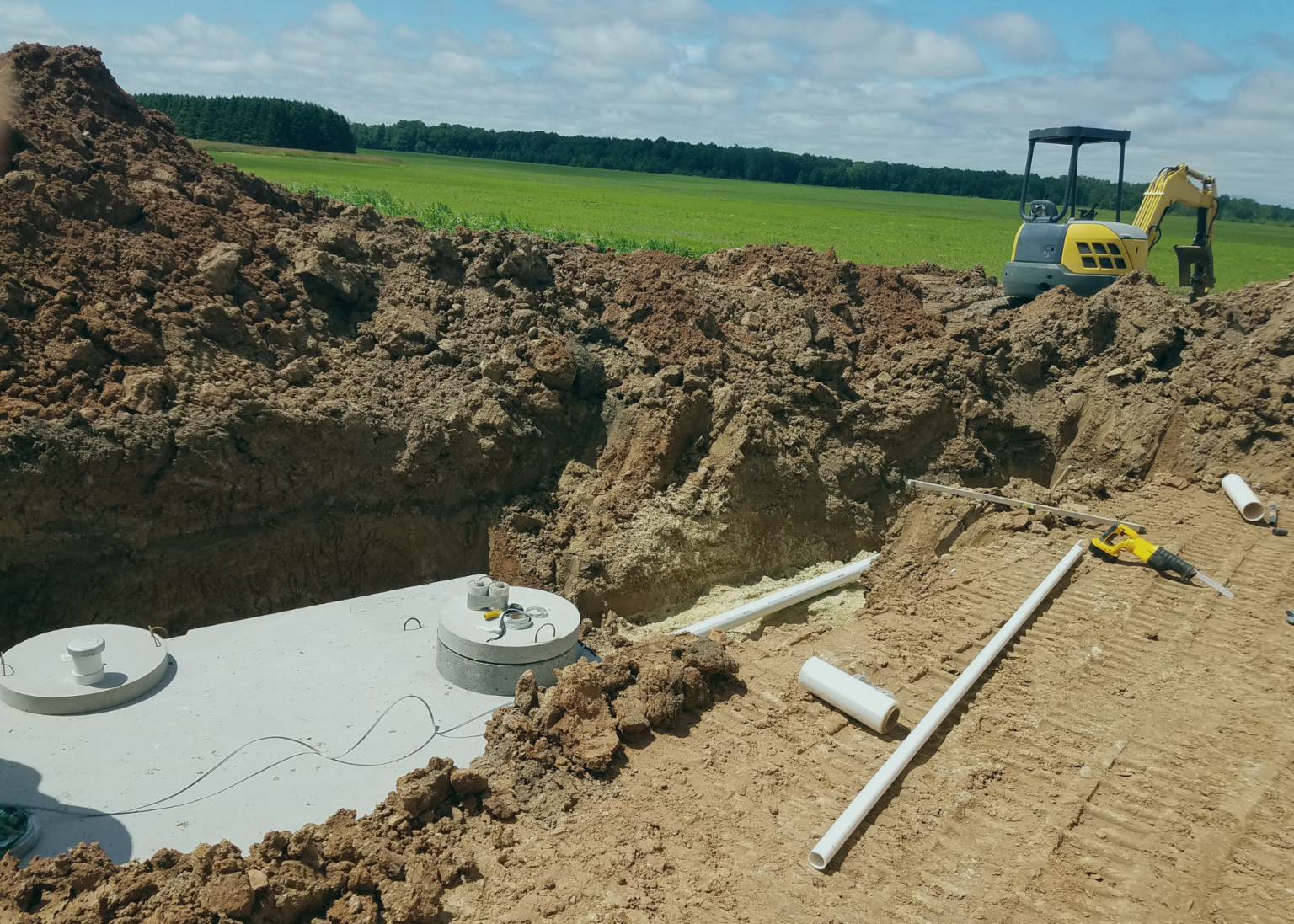Key Takeaways
-
Conventional loans are the most flexible, often requiring inspections only if issues are suspected.
-
FHA, VA, and USDA loans impose stricter rules on water quality, distance requirements, and septic performance.
-
Inspections are highly recommended even when lenders do not mandate them.
-
Choosing the right mortgage program can simplify the buying process for homes with private wells or septic systems.
Nearly one in five U.S. homes rely on a private well or septic system instead of public utilities. If you’re planning to purchase one of these homes, it’s important to understand how different mortgage programs handle them. The good news is that conventional loan well and septic requirements are usually the most flexible. However, FHA, VA, and USDA loans impose stricter guidelines to ensure water quality, safety, and compliance with local health codes.
Conventional Loan Well and Septic Requirements
When using a conventional mortgage, requirements are straightforward compared to government-backed loans. Lenders want to confirm that the home has reliable water and waste systems, but inspections are often only required if concerns arise.
| Requirement | Details |
| Working Utilities | If public water or sewer isn’t available, the home must connect to a private well, septic, or community/shared system. |
| Legal Access | Shared systems must have a binding legal agreement covering access, maintenance, and repairs. |
| Inspections | Only required if hazards exist nearby or if the appraiser/home inspector flags issues such as low water pressure, cloudy water, sewage backups, or odors. |
For most buyers, conventional loan septic and well rules are simple and hassle-free.
FHA Loan Well and Septic Requirements
FHA loans have much stricter guidelines. The FHA requires:
- Water quality tests that meet EPA or local standards, valid for 180 days, conducted by a certified lab or health authority.
- Minimum distances between wells and potential contaminants: 10 feet from property lines, 50 feet from septic tanks, and 100 feet from drain fields (75 feet in some cases).
- Water flow standards requiring at least 3 gallons per minute from private wells.
- Septic system approval from the local health department.
USDA Loan Well and Septic Requirements
USDA loans typically have the most stringent inspection requirements.
| Requirement | Details |
| Water Quality | Mandatory testing for all wells; valid for 150 days. |
| Distance Rules | 10 feet from property lines, 50 feet from septic tanks, and 100 feet from drain fields (sometimes reduced to 75 feet with approval). |
| Septic Evaluation | Conducted by a licensed inspector, appraiser, or health authority to confirm proper operation and compliance. |
VA Loan Well and Septic Requirements
VA loans require additional documentation for homes with private systems:
- Water quality test that meets EPA or local standards, valid for 90 days.
- Septic inspections only if soil conditions or appraiser notes suggest problems.
- System approval by a local health authority if issues are found.
Manufactured Homes on Well and Septic
Manufactured homes in rural areas often use private systems. Standard conventional well and septic requirements apply, though additional lender restrictions may apply.
Why Inspections Are Worth It (Even If Not Required)
Even when not required, well and septic inspections help protect your investment.
- The CDC recommends annual well testing for bacteria, nitrates, and local contaminants.
- The EPA suggests septic systems should be inspected and pumped every 3–5 years to avoid costly repairs.
Inspections provide peace of mind and can help avoid unexpected health or financial issues.
Bottom Line
Buying a home with a private well or septic system is entirely possible with any major loan program, but the requirements vary widely. Conventional loan well and septic requirements are typically the easiest to meet, while FHA, VA, and USDA loans demand stricter testing and documentation. No matter which loan type you choose, scheduling independent inspections can help you protect your investment, avoid future repair costs, and ensure safe, reliable water for your home.
FAQs About Well and Septic Systems
No SSN required. Zero impact to credit. Your Information is never sold.



